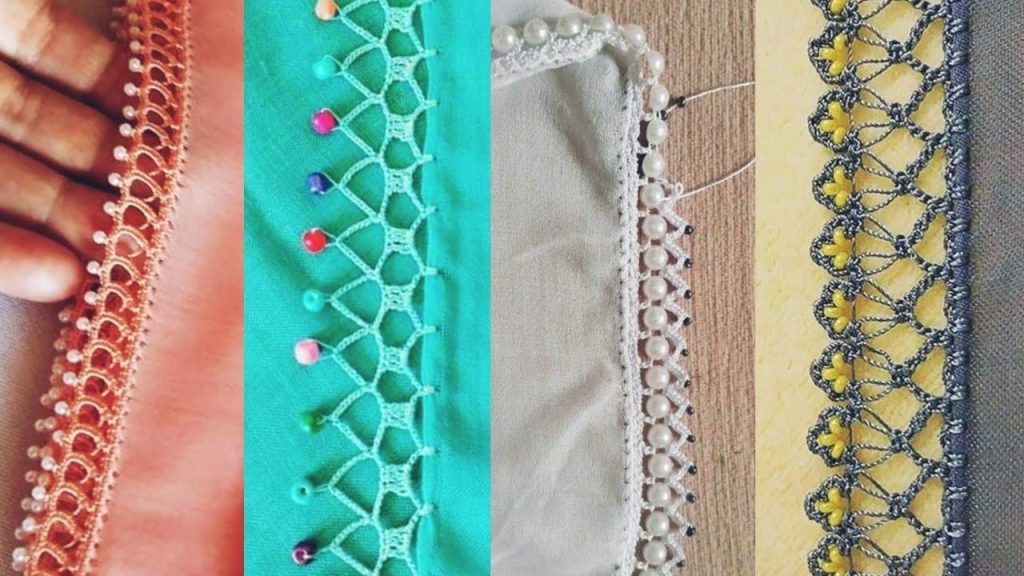Last Updated on April 29, 2024 by Jawad Ali
Although there are many variations in laces that resemble each other, there are fundamental variations in how laces are created and how they are used. Lace indicates a gentle, soft, and luxurious air that talks about delicacy and softness. Lace was formerly made for giving luxurious touch to the cloth and looks elite on the borders. Now, lace is easily accessible all thanks to the invention of famous lace-making technology.

Variety of lace
Chantilly lace
Chantilly has a floral pattern that is highlighted or stitched with silk. It originally has a dark color and beautiful scalloped edges. There are lots of varieties of laces available.
French Embroidery lace
This is a net lace fabric with elevated designs that are beaded and corded to frame them. The silk cord is used to outline the design, giving the lace better clarity. The breadth of a genuine french Alencon is always 92cm 36” (92cm) as opposed to 60” (152cm).
Embroidered net lace
This lace is covered with exquisite machine embroidery.
Venice lace
Fine lace on the netting is called Venetian lace. The floral or geometric designs stand out because the embroidery separates the material during the finishing process. This lace is joined together by smooth threads and it is sometimes referred to as “guipure lace” or
“Lace without any mesh”. Venetian lace is costly when handmade but affordable when made from machines.

Edge lace
This lace on one side is straight while the other side is scalloped. A thread that is often pulled up to make gathers is often present on the straight side. This kind of lace has apertures for ribbon threading also known as French edging lace. Another type of edging lace is flounce.
Gathered lace
The top border of this lace is already gathered for gathered lace. Since the gathers are a part of the lace and this is used on the lace to get a frilled look. Buy border lace from our online sources.
Insertion lace
Insertion lace has two straight edges and can be stitched between two pieces of cloth. You can get a different look from lace fabric by attaching the insertion lace with decorative stitches. Sometimes two insertion lace are used to create a broader piece of lace.
Crochet lace
The most popular lace is known as crochet lace. One of the few handmade varieties of laces. Crochet lace is more natural, organic, and a bit thicker than other laces. The lace is made from cotton fibers making it simple to dye in different colors to complement any dress. Machine-made crochet is also popular.
Tatting lace
It is a kind of cotton knotted lace. Using a shuttle, the cotton is knotted to create a weft of knots and for creating a wrap. Tatting lace is fine and delicate and used to trim hankies, collars, and pillowcases.
Ribbon pass lace
A special kind of lace that can accommodate a ribbon. It is created with identical edges on both sides and holes are placed equally along with lace in such a way that the ribbon may be threaded.
Swiss Entredeux
The lace is created from fine, delicate cotton batiste. It is a cloth strip that is equally distributed along it, giving the appearance of a ladder. A ribbon may be threaded between the holes in the lace strip which is stitched between the cloth and lace.
Conclusion
Although there are different kinds of lace, Chantilly and Venetian are the most popular places. Lacework outshines your lace fabrics and gives a sense of richness. Lace is an important part of your clothing and appears on everything from well-known bridal veils to royalty to cozy underwear. Outshine your fabric with elite lace work and buy border lace online.

